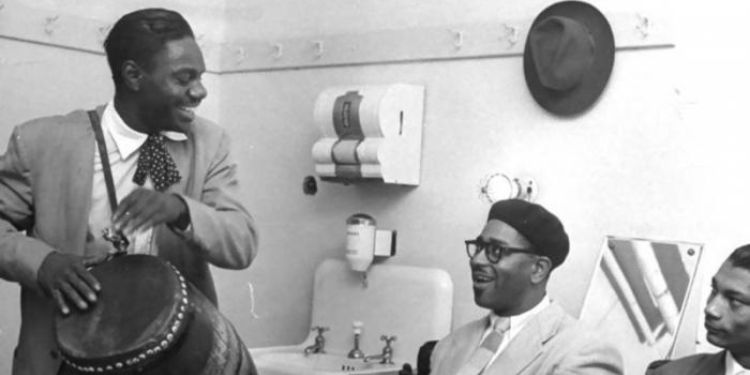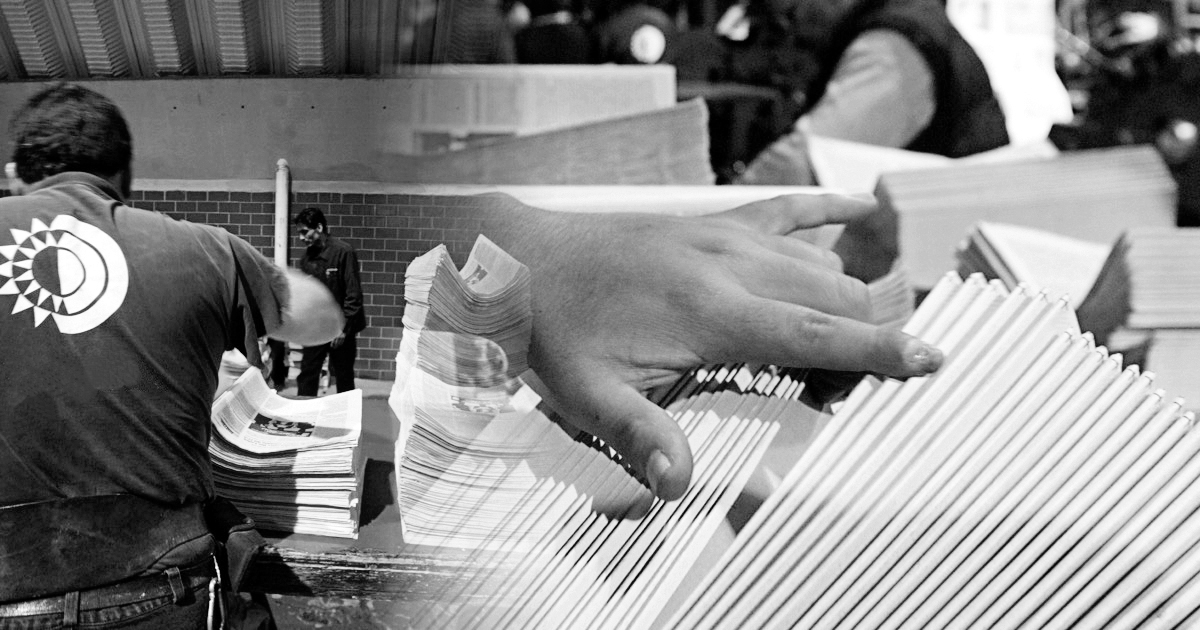MIAMI, United States. – Luciano Pozo González or simply Chano Pozo, the man named “El Tambor Mayor” of Cuba by the great Fernando Ortizwas born on January 7, 1915 in Havana, 108 years ago.
Considered by many as the founder of Latin jazz due to his introduction of Afro-Cuban percussion in jazz, Chano Pozo grew up in the environment of the tenements of Belén, Jesús María and Cayo Hueso, in Havana.
Her adolescence, during which she shined shoes and sold newspapers to earn a living, was spent surrounded by the Abakuá religion and its typical toques of saints and plants, which greatly influenced her later virtuosity when it came to playing the drum and the tumbadora.
He began to participate in the typical carnivals of the time and was a percussionist for comparsas such as El Barracón, La Mexicana, La Jardinera and Los Dandys.
In 1940, when his talent was already recognized —he played with three and even five tumbadoras at the same time—, influenced by Rita Montaner, he began working at the Radio Cadena Azul radio station.
During the following years, he shared the stage with La Única, was the principal dancer in the Tropicana show and founded the Conjunto Azul septet. Some of his songs like “Blen, Blen, Blen”, “Nagüe, Nagüe”, “Pin Pin”, “Bocoboco” and “Ariñáñara Bocuere” became very popular.
According to the Cuban writer Guillermo Cabrera Infante, “for a while jazz could be called Chazz.” The author of Three sad tigers introduces the lyrics of “Blen, Blen, Blen” in a fragment of his emblematic novel.
Following the advice of Rita Montaner and Miguelito Valdés, Chano traveled to the United States in 1946. There he continued his musical growth and played with musicians such as Mongo Santamaría, Julio Collazo, Desi Arnaz.
In 1947, Cuban musician Mario Bauzá, who knew that famed trumpeter Dizzy Gillespie was looking for a drummer, recommended Chano to him. Gillespie was delighted and hired him in his group. From there a perfect union would emerge that revolutionized the history of jazz.
The result of this union was not long in being successful, and the music created by Gillespie and Pozo, came to be called cubop, as a subgenre of bebop, considered by many to be the beginnings of Latin jazz.
On December 3, 1948, Chano Pozo was assassinated at the Río Café & Lounge in Harlem, New York.
The details of his premature death, when he was only 33 years old, have never been clarified. Some affirm that it happened on the 2nd, and that the murder weapon was a dagger. There are also disagreements about the motives; but the version most supported by researchers is the one related to the writer Leonardo Padura by Mario Bauzá.
“On the night of December 3, Chano, Miguelito Valdés and I were scheduled for a debut in a bar, and I was in the afternoon changing some traveler’s checks that I had. Since there was still a while to go, I stayed at home listening to the Cuban ball, on a little radio I had, when they call me on the phone and say: ‘Hey, Mario, they just killed Chano. In Lennox, between 111 and 112. So I started to find out and I found out that his death was staged by someone else, because of the envy that he woke up again here, for having succeeded and having money.
Chano’s remains were transferred to Havana and buried in the Colón Cemetery. “Without Chano this is not the same anymore,” Gillespie said after his death.
Receive information from CubaNet on your cell phone through WhatsApp. Send us a message with the word “CUBA” on the phone +525545038831, You can also subscribe to our electronic newsletter by giving click here.






